From Samurai Mansions to Cherry Blossoms: 9 Captivating Sights in Northern Japan

Northern Japan is often overlooked by foreign travelers in favor of more popular destinations like Tokyo, Yokohama, Kyoto, Osaka, and Hiroshima. The huge skyscrapers, the millions of people you see in about a second, and also the nightlife of entertainment and the unpredictability. While these cities certainly have much to offer, focusing solely on them means missing out on the captivating beauty and rich culture of northern regions like Sendai, Aomori, and Hokkaido.
Despite being less visited by tourists, northern Japan has no shortage of stunning historical sites, natural landscapes, and unique experiences waiting to be discovered. From samurai mansions that provide a window into the past to hot spring towns nestled in the mountains, there is an abundance of hidden gems scattered throughout northern parts of the country.
Exploring Unique Sights in Northern Japan
Here are 9 fascinating destinations in northern Japan that should not be overlooked:
-
Matsushima - Considered one of Japan's top 3 most scenic spots, this bay near Sendai is dotted with over 200 small pine-covered islands rising out of the water.
-
Kakunodate - This former samurai town in Akita Prefecture has several well-preserved samurai houses and cherry tree-lined streets to explore.
-
Lake Towada - Tucked away in the mountains of Aomori, this caldera lake offers stunning nature walks and views of the autumn foliage reflecting on its clear waters.
-
Noboribetsu Onsen - The volcanic region near Sapporo has bubbling sulfurous hot springs perfect for soaking away your worries.
-
Otaru Canal - This picturesque canal in Hokkaido is flanked by early 20th century stone warehouses that have been converted into cafes, shops and museums.
-
Hakkoda Mountains - Outside Aomori city lies this rugged mountain range perfect for hiking through virgin beech forests and enjoying scenic vistas.
-
Hirosaki Castle - One of Japan's prettiest castles is surrounded by a park filled with weeping cherry blossom trees that explode with pink hues in spring.
-
Shirakami Sanchi - This UNESCO World Heritage Site spanning Akita and Aomori is an unspoiled primeval beech forest ideal for outdoor activities.
-
Rausu - The remote seaside town on Shiretoko Peninsula offers incredible wildlife watching, from whales to brown bears and sea eagles.
Samurai Mansions: Unveiling Historical Treasures
Several former samurai districts in northern Japan provide a glimpse into the region's feudal past. Towns like Kakunodate and Hiraizumi contain preserved samurai houses and mansions that showcase the refined lifestyles of ruling warrior families during the Edo Period (1603-1868).
These residences reflect the influence of samurai culture with their immaculate gardens, tatami mat rooms, alcoves for displaying art, and structures made of dark wood beams and whitewashed walls. Wandering through their quiet halls lined with heirlooms and antiques feels like stepping back in time.
While most major samurai houses in Japan were destroyed during the Meiji Restoration, the remote location of these northern towns allowed some mansions to remain intact. They illustrate the power and wealth that regional samurai clans wielded in the past, when they exerted control over local rice farming and industries.
Visiting these dwellings provides insight into samurai lifestyles, architecture, and the shifting fortunes of warrior families over time. It's a history buff's delight.
Cherry Blossoms: Symbol of Beauty and Transience
Come spring, swathes of northern Japan erupt in delicate pink cherry blossoms that have deep cultural significance. In cities like Hirosaki and Kakunodate, overhanging cherry tree canopies transform riversides and castle grounds into magical cloud-like scenes.
Cherry blossoms, known as sakura, have been revered in Japan for centuries as a symbol of beauty and impermanence. Their transient nature embodies the Buddhist concept of mono no aware - appreciating the fleeting essence of things. These blooms are admired for a week at most before their petals scatter, reminding us of the transient nature of life.
Hanami, the tradition of cherry blossom viewing, is an important ritual that sees people gathering outdoors for sake-infused picnics under the trees. It is a time to contemplate mortality while enjoying spring's arrival and natural beauty. The custom spans back over a thousand years.
As cherry trees cover mountains and parks across northern parts of Honshu island, it is a stunning region to witness sakura season. Photographing the dreamy landscapes or strolling under canopies of delicate pink blossoms here is the quintessential spring travel experience in Japan.
Adventure in Nature: From Mountains to Hot Springs
Beyond history and culture, northern Japan entices travelers with its wealth of natural wonders perfect for outdoor adventures. The landscape varies from the forest-covered volcanic mountains of Hokkaido to the wild Shiretoko Peninsula jutting out from eastern Hokkaido into the Sea of Okhotsk.
Outdoor enthusiasts can hike through primeval beech forests, traverse valleys blanketed in wildflowers, navigate windswept coastal trails, or soak in steaming onsen hot springs. These rejuvenating waters have been revered for centuries for their therapeutic mineral properties.
In both summer and winter, northern Japan promises pristine interaction with the natural world. Endless trekking routes cater to all ability levels, while ski resorts like Niseko deliver premium powder snow. Backcountry ventures reveal a serene side of Japan filled with thriving wildlife, from red-crowned cranes to bears.
Whether seeking adventure or relaxation immersed in nature, northern Japan offers diverse ecosystems to explore - from subtropical islands to subarctic climes. These unspoiled landscapes feel a world away from busy cities.
Must-Visit Spots for Nature Enthusiasts
Here are some top natural attractions to experience in northern Japan:
-
Daisetsuzan National Park - The largest national park in Japan spans 230,000 hectares of wilderness perfect for hiking, camping and observing wildlife like brown bears.
-
Akan National Park - Home to volcanic calderas, pristine lakes, and hiking trails with a chance to see rare cranes, deer and Blakiston’s fish owls.
-
Shiretoko National Park - A UNESCO World Heritage Site with a remote landscape of snowy mountains, waterfalls, hot springs and drift ice visible in winter.
-
Towada-Hachimantai National Park - Known for Lake Towada’s glorious fall colors, volcanic peaks, hot springs and one of Japan’s few virgin beech forests.
-
Rishiri-Rebun-Sarobetsu National Park - Spanning from Wakkanai across two islands, the park has rugged cliffs, sea caves and flower fields set against a backdrop of mountains rising from the sea.
-
Oirase Gorge - This picturesque gorge in Towada-Hachimantai National Park has walking trails past waterfalls, rock formations and autumn colors.
-
Biei - The picturesque countryside in Hokkaido has rolling hills and patchwork fields perfect for cycling tours and photographing quaint rural vistas.
-
Noboribetsu Onsen - Home to Japan’s largest hot spring resort where visitors can soak in mineral-rich waters sourced from volcanic Hell Valley.
-
Nyuto Onsen - Secluded hot spring village in the mountains of Akita Prefecture perfect for open-air bathing beside babbling forest streams.
Culinary Delights: Savory Treats of the North
The dining scene of northern Japan highlights the wealth of fresh regional seafood and produce shaped by the climate. Cold northern seas supply delicacies like hairy crab, sea urchin and squid. Hearty local dishes feature flour, potatoes and meat.
Sapporo is known for its ramen noodles and soup curry. Hakodate delights with live squid sashimi and fresh scallops. Regional sake varieties pair well with sushi and hot pot dishes. Hokkaido's Gelato Kingdom serves artisanal ice cream made from local dairy.
Local specialties also include grilled lamb and venison, as colder mountain areas are suited for grazing animals. For dessert, melon and berries thrive in fertile soils, along with dairy for ice cream. From street food to fine dining, northern Japan offers culinary variety and regional flavor.
Foodie Paradise: Sampling Local Cuisine
To fully experience the northern Japan's culinary scene, don't miss these tasty specialties:
-
Sapporo Ramen - The rich miso-based broth with curly noodles is a local favorite best paired with a frosty beer.
-
Jingisukan - Hokkaido-style grilled lamb and vegetables cooked on a dome-shaped skillet is perfect for sharing.
-
Uni Don - Bowls of rice topped with freshly caught sea urchin from Funka Bay are divine.
-
Hokkaido Squid - The tasty squid caught in the frigid Sea of Okhotsk can be enjoyed as sashimi or grilled.
-
Genghis Khan - A variant of hot pot consisting of lamb or mutton and vegetables cooked in broth at your table.
-
Soba - Buckwheat noodles made from 100% Hokkaido-grown buckwheat are a beloved specialty.
-
Masu Sushi - Vinegar-cured trout sushi wrapped in fragrant bamboo leaves is an Aomori delicacy.
-
Hiyashi Chuka - Cold ramen dish with vegetables, egg, ham and chicken popular during Hokkaido's brief summer.
-
Yubari Melon - Intensely sweet cantaloupe from Yubari makes for exceptional juice, jam or ice cream.
Additional Captivating Sights in Northern Japan
Beyond the top highlights already mentioned, northern Japan has even more fascinating attractions waiting to be explored by intrepid travelers.
On the Shakotan Peninsula of Hokkaido, visitors can witness the culture of small fishing villages that have maintained traditional lifestyles for centuries. The rugged coastline dotted with lighthouses also offers breathtaking sunset views.
The island of Rishiri, off the coast of northernmost Hokkaido, thrills hikers with the chance to climb to the top of an extinct volcano at Mount Rishiri. The surrounding area is also known for its clear night skies perfect for stargazing.
In Akita Prefecture, ancient samurai houses in Kakunodate provide a glimpse into the lives of the region's ruling warrior class during feudal times. Nearby Lake Tazawa offers fishing, boating, and stunning autumn scenery.
Just across the border in Aomori lies the mystical Sukayu Onsen hot spring. Since the Edo Period, Japanese visitors have bathed in the therapeutic waters of its large mixed-gender bath said to heal muscle pain and boost beauty.
On the southern coast of Aomori, photographers flock to the Seiryū-ji temple to capture its scenic balance of nature and religious architecture. Its stage-like pagoda was built to overlook a calm inlet of the Sea of Japan.
These are but a sampling of the many impressive sites that make northern Japan such an intriguing travel destination for culture, nature, and off-the-beaten-path adventures.
Planning Your Trip to Northern Japan
When to Visit
The best times to visit northern Japan are spring and autumn when pleasant weather and beautiful scenery await. April to May welcomes cherry blossom season, though some blooms can be spotted from March. Late September through October brings fall foliage at its vibrant peak.
Winter offers a different charm, with snow festivals and ski resorts in full swing. From December into February, parts of the Sea of Japan may freeze over in a phenomenon called "drift ice." Summer tends to be hot, humid, and crowded with domestic tourists.
Getting Around
Public transportation in northern Japan includes local trains, long-distance buses, domestic flights, and ferries. Having a Japan Rail Pass can help lower travel costs getting between cities and regions. Renting a car is also an option for exploring rural areas at your own pace.
Major cities like Sapporo and Sendai have subway systems. Buses and trains provide access to smaller towns and villages. Limited English signage can pose challenges, so having a GPS or translation app is extremely helpful.
Top Destinations
These northern cities make great bases to explore surrounding attractions:
-
Sapporo - Hokkaido's largest city and cultural hub.
-
Asahikawa - Gateway city to Daisetsuzan and Furano.
-
Noboribetsu - Hot springs resort area near Shikotsu-Toya National Park.
-
Hakodate - Scenic port town renowned for its night views and seafood.
-
Aomori - Capital of Aomori Prefecture and jumping off point for hiking in Towada-Hachimantai National Park.
-
Hirosaki - Pretty castle town with cherry blossom tunnels in spring.
-
Sendai - Largest city in the Tohoku region and close to Matsushima Bay.
Top Things to Do
To make the most of your northern Japan travels, be sure to experience:
-
Skiing and snowboarding at top resorts like Niseko, Furano, Rusutsu
-
Soaking in hot springs while surrounded by nature
-
Trying fresh seafood like hairy crab, oysters, salmon roe, and squid
-
Shopping for souvenirs like seaweed, sake, swe
Here are some additional top things to do in northern Japan:
-
Joining in on a lively matsuri (festival) with traditional music and dancing
-
Strolling through historic samurai districts and mansions
-
Hiking through national parks and staying in mountain lodges
-
Going on a road trip to explore little fishing villages and rural landscapes
-
Photographing iconic scenery like Lake Mashū or Tashirojima Cat Island
-
Trying your hand at winter activities like ice fishing, snowshoeing, and icebreaking ship tours
-
Visiting museums covering history, art, and cultural topics like the Ainu indigenous people
-
Browsing handcraft shops and studios producing ceramics, glasswork, woodwork, and lacquerware
-
Observing rare wildlife such as the red-crowned crane and Blakiston’s fish owl
-
Stargazing from scenic dark sky locations away from major cities
With its wealth of natural beauty, cultural sights, and heartwarming hospitality, northern Japan promises memorable travels full of fascination and fun. It is an ideal destination for those seeking to go beyond the tourist hotspots and form connections through unique local experiences.
-
Conclusion
Far from the typical tourist trail, northern Japan rewards intrepid travelers with a wealth of natural beauty, culinary delights and cultural insight. Its rich history can be uncovered by exploring feudal-era buildings, while lush landscapes promise adventure and rejuvenation through outdoor pursuits.
From the snow festival of Sapporo to the cherry blossom spectacle in Hirosaki, there are sights unique to the north. Its remote terrain shelters rare ecosystems and inspires culinary traditions still thriving today. By venturing beyond the well-trodden path, visitors can connect with friendly locals proud of their regional heritage.
Northern Japan has an alluring magic waiting to captivate those who take the road less traveled.











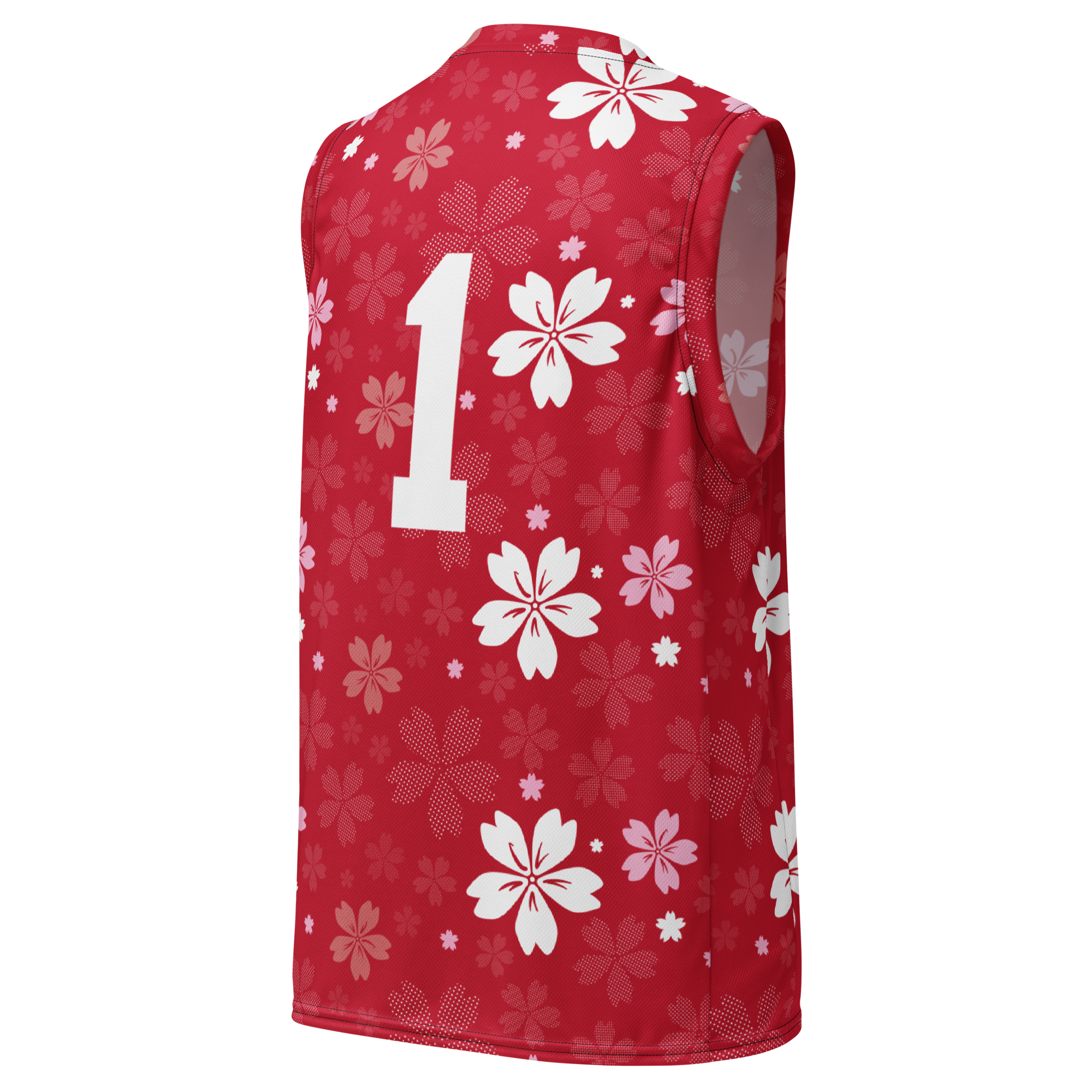








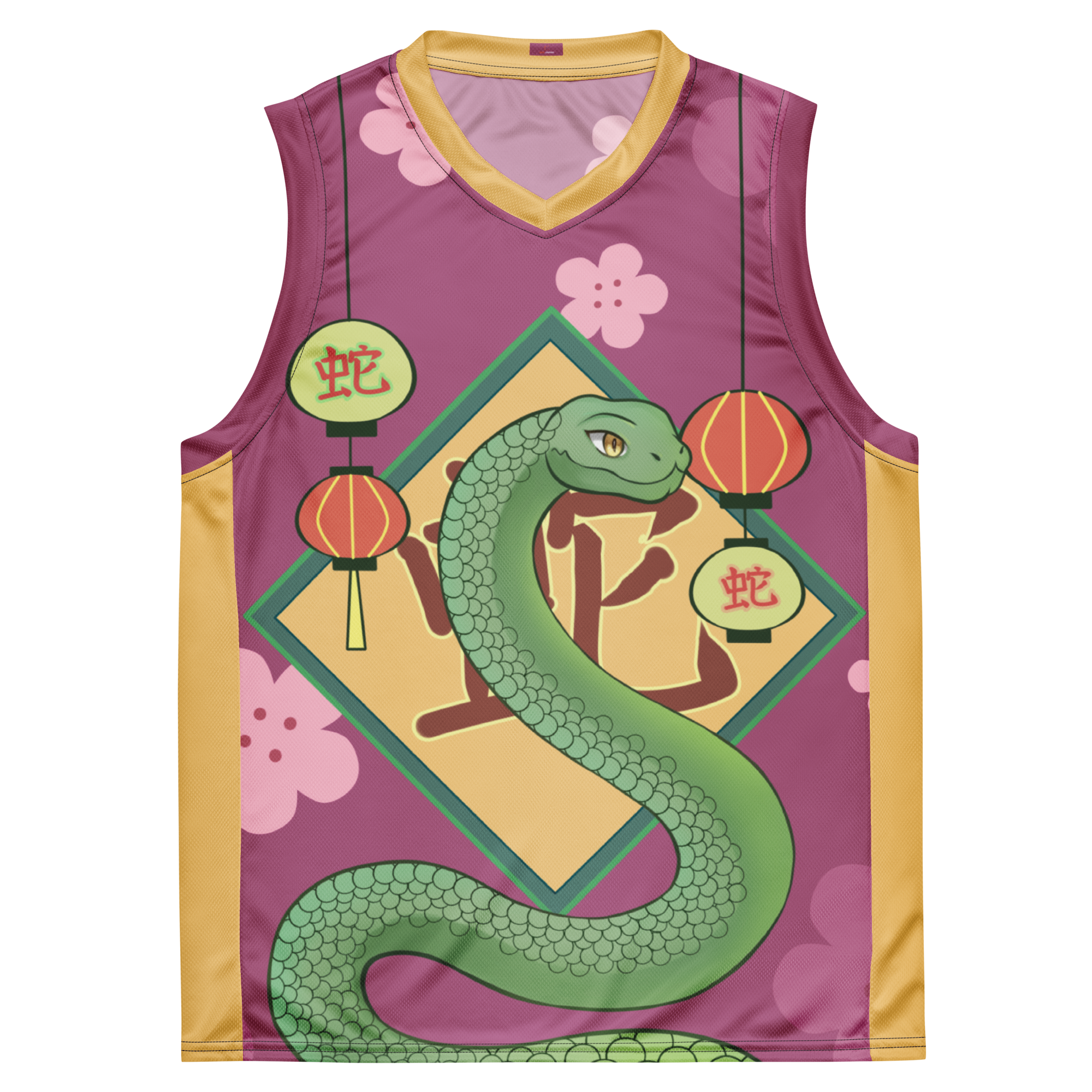
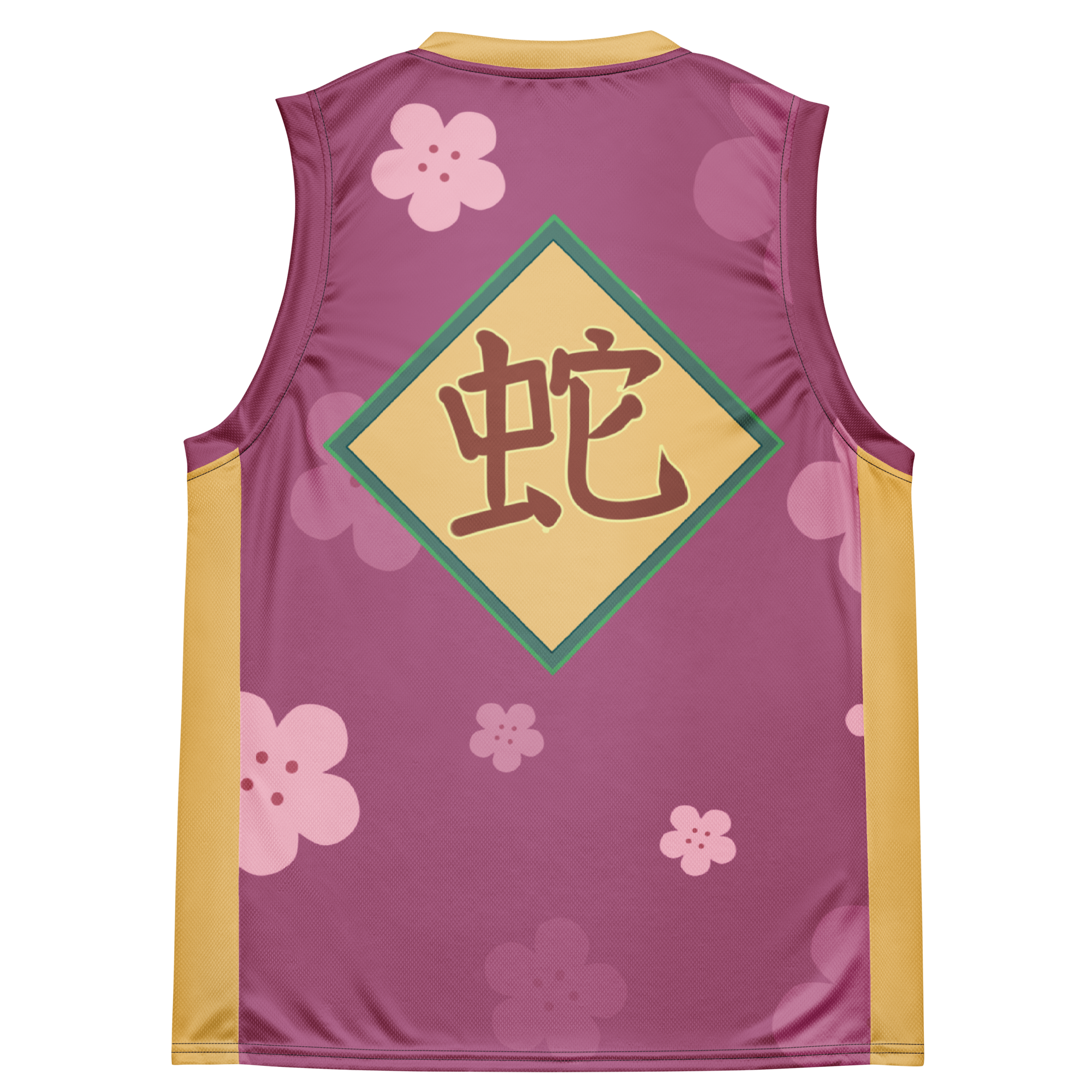
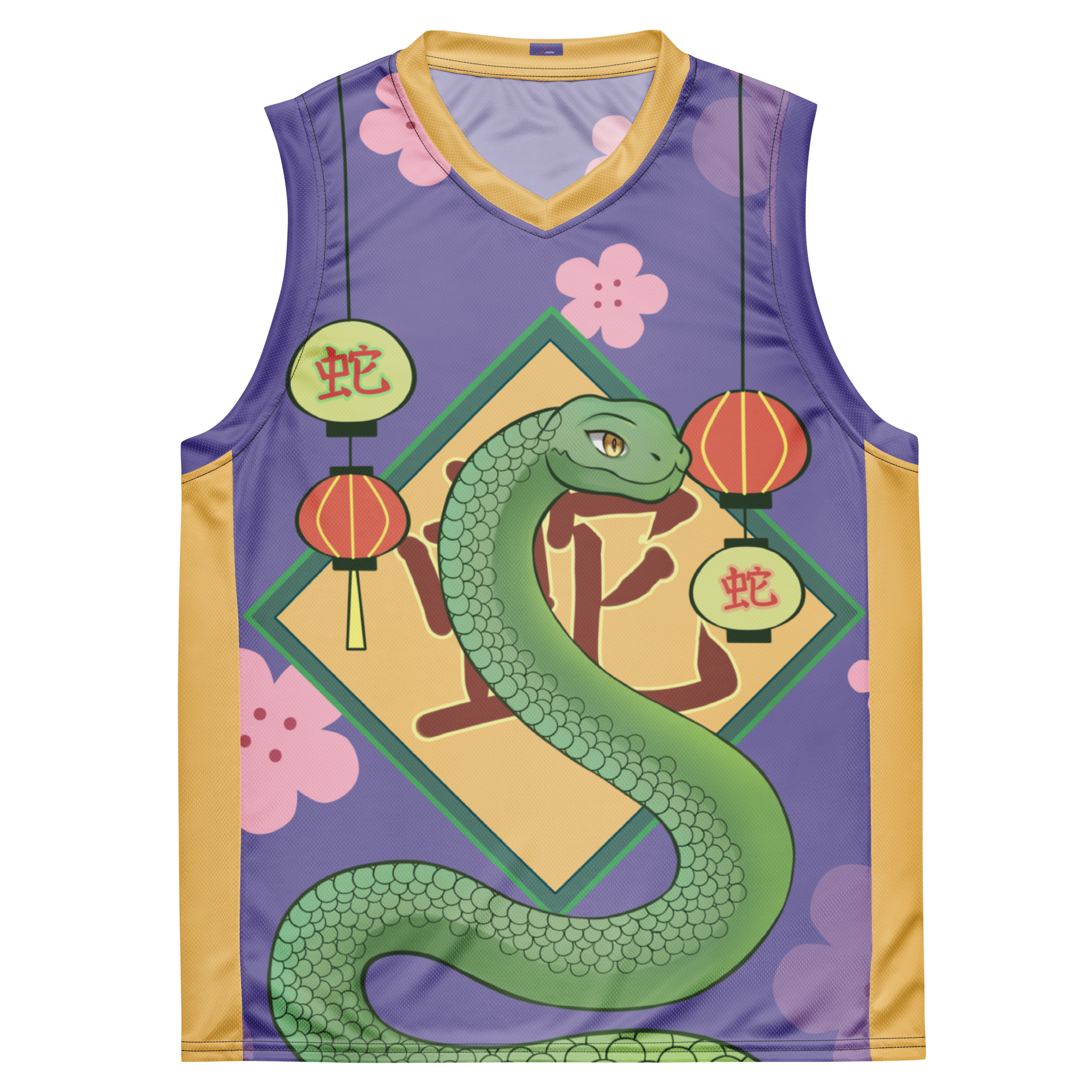
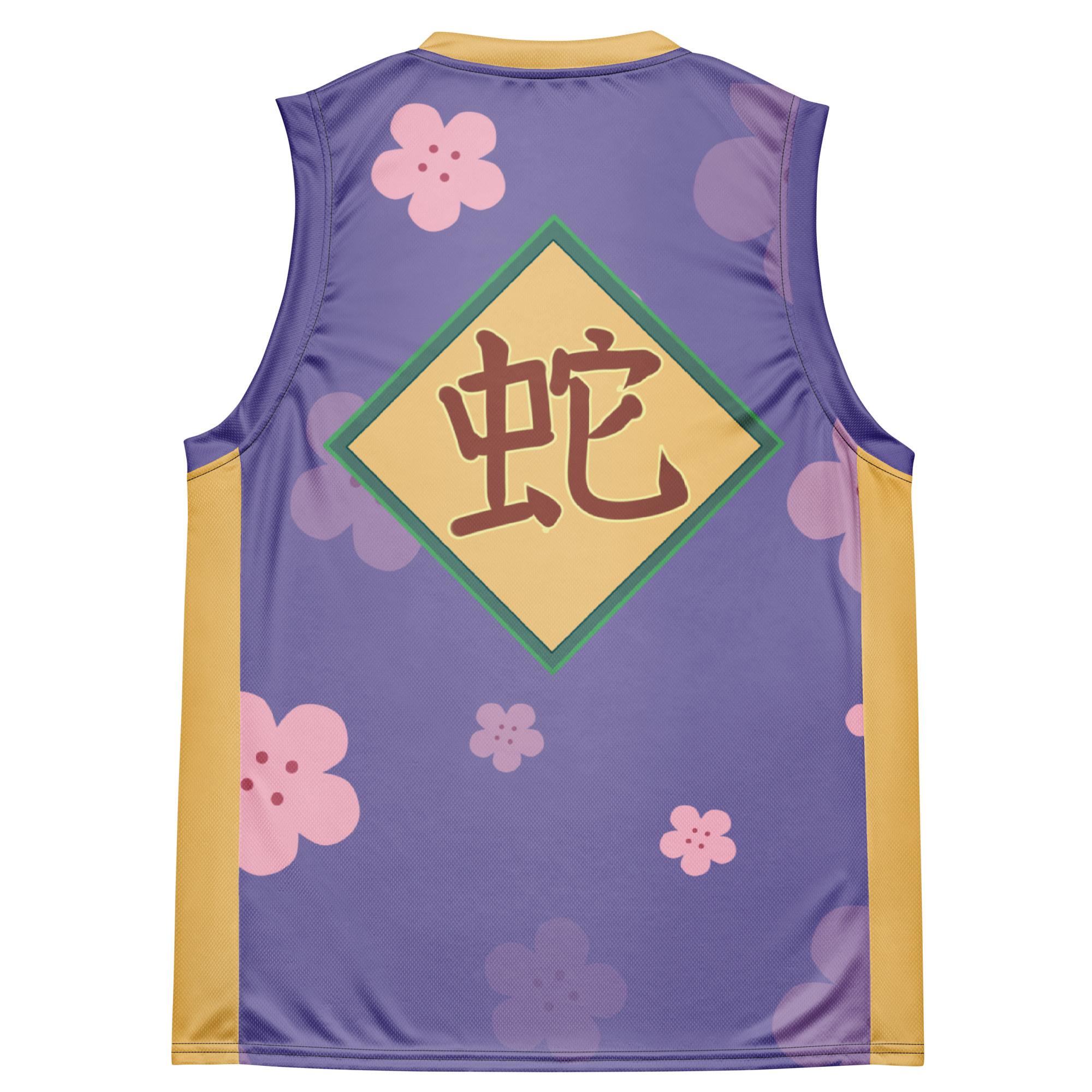

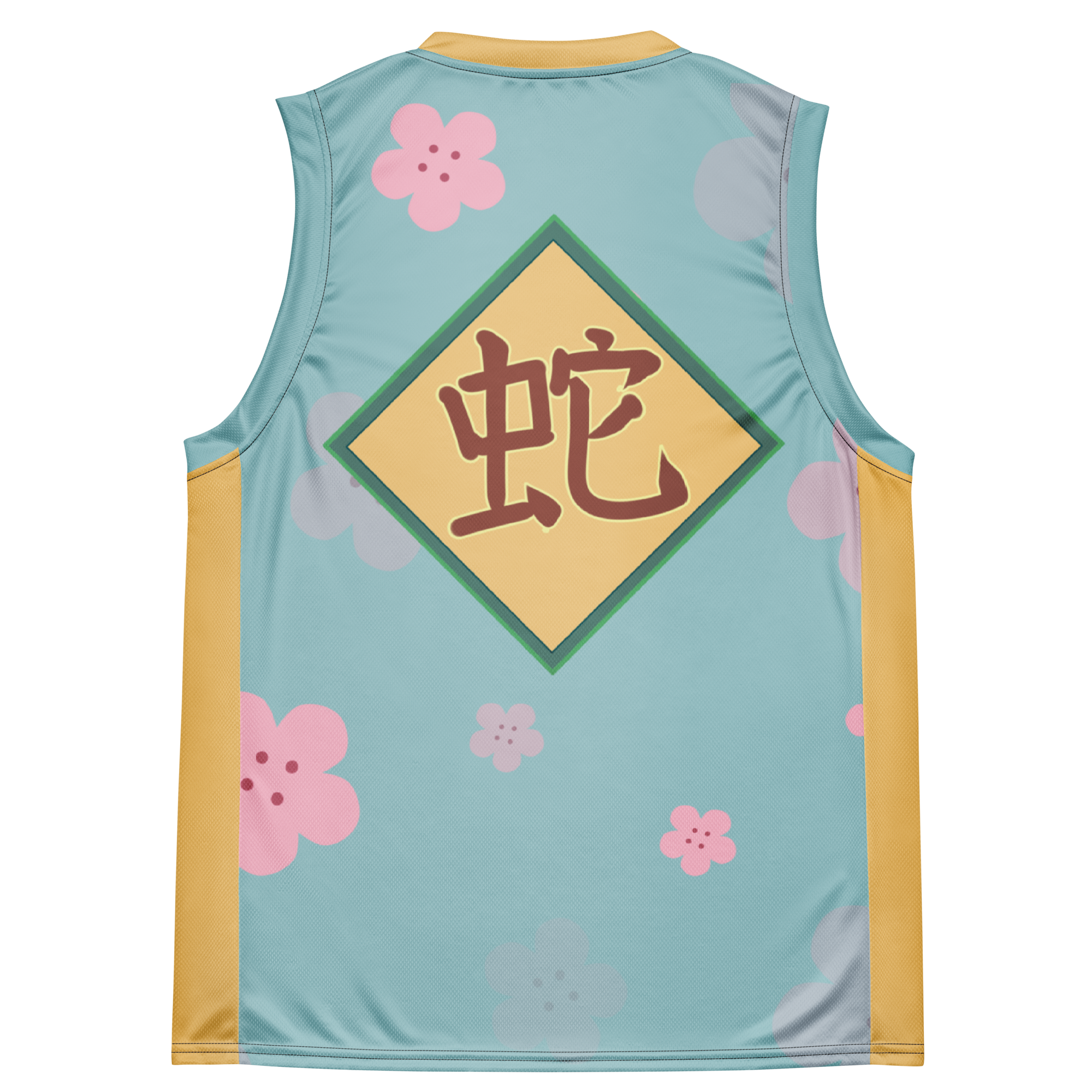














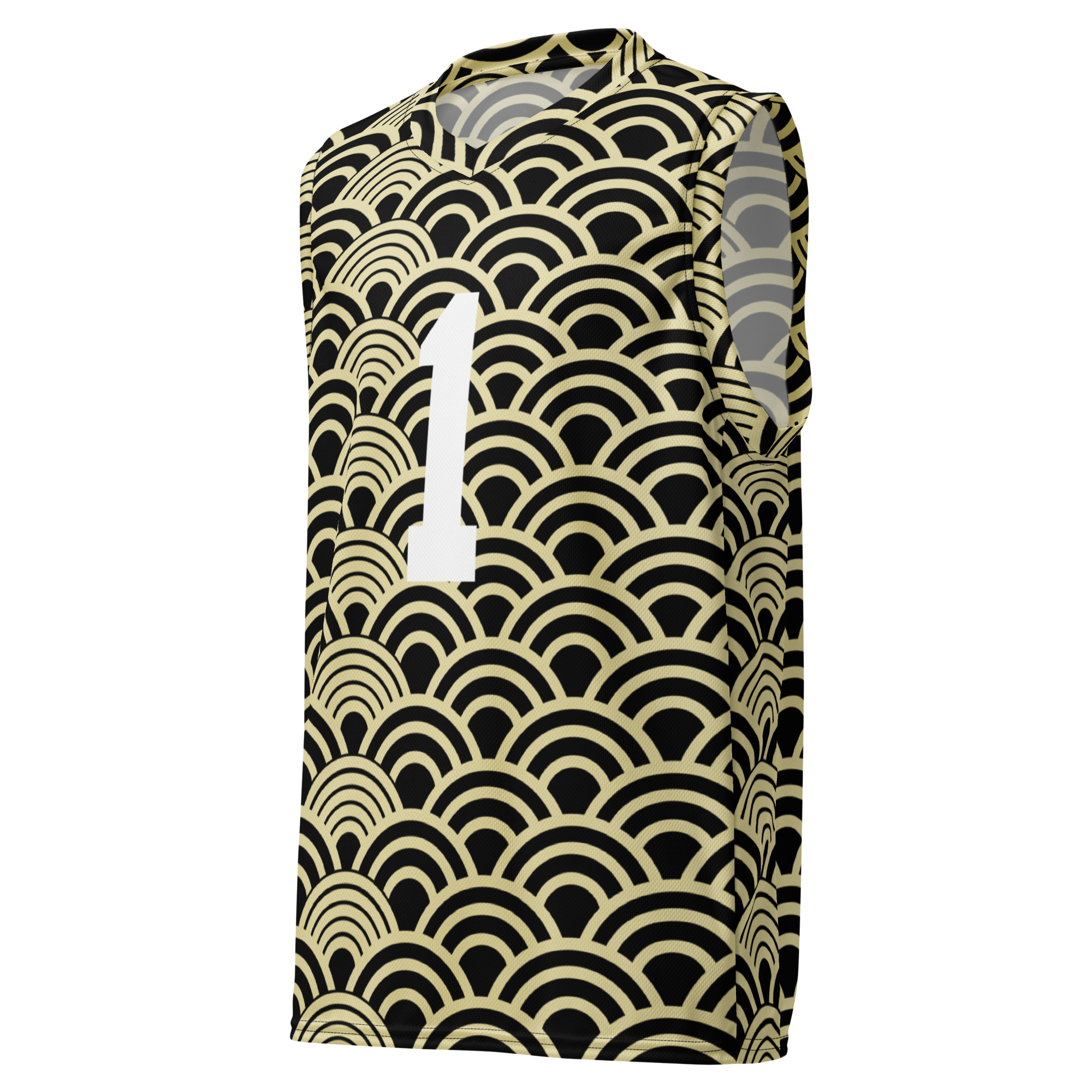
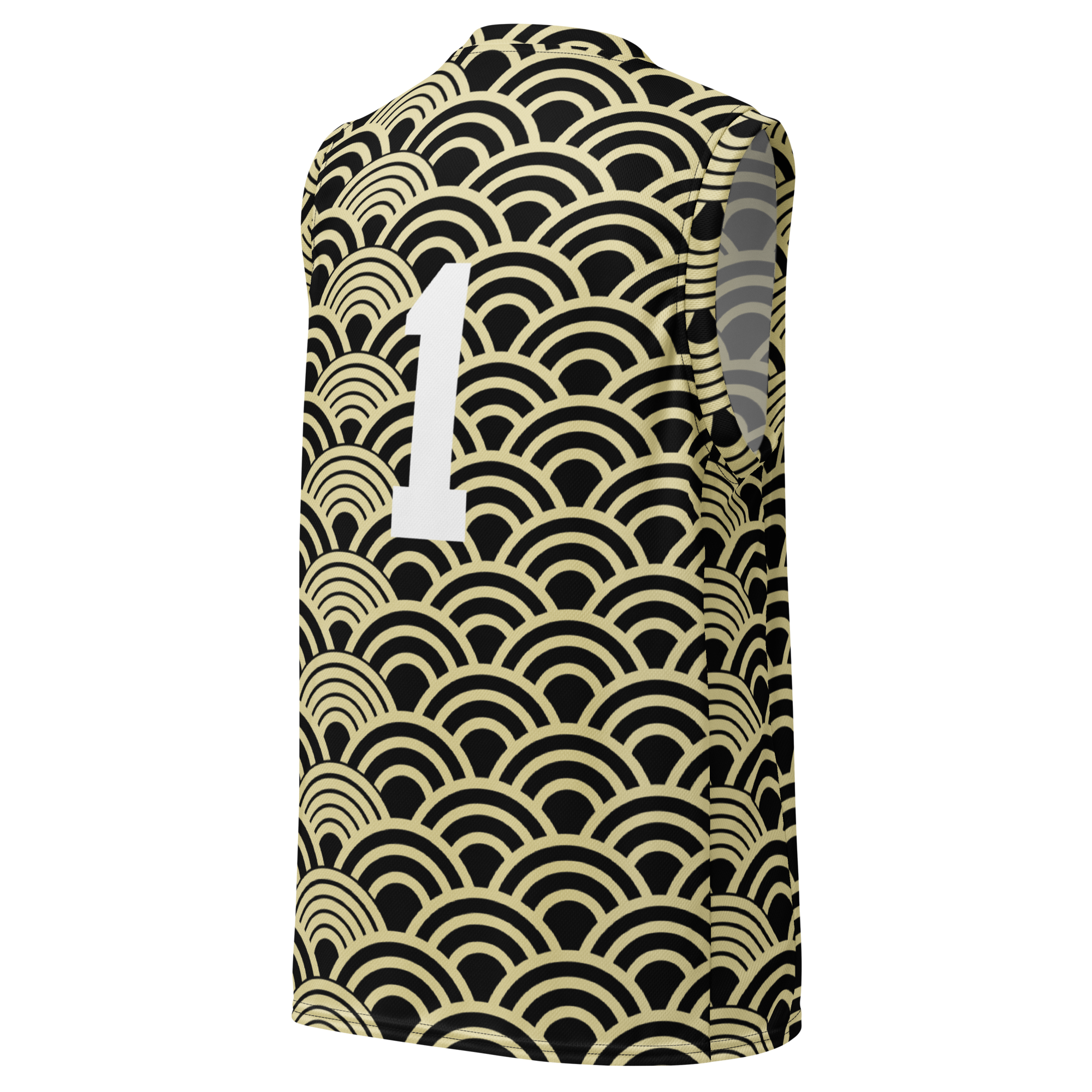
Dejar un comentario